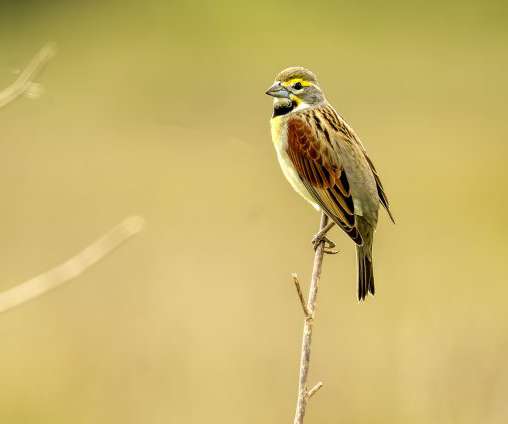A Pied Oystercatcher family
10,000 Birds
SEPTEMBER 16, 2012
In theory the eggs are laid, the adults share the incubation of the eggs for 28 days and then fluffy chicks emerge. There are other pairs that nest in rather obscure areas, but as soon as the eggs hatch they walk the chicks several kilometres to a better feeding area. If only it was that easy!













Let's personalize your content